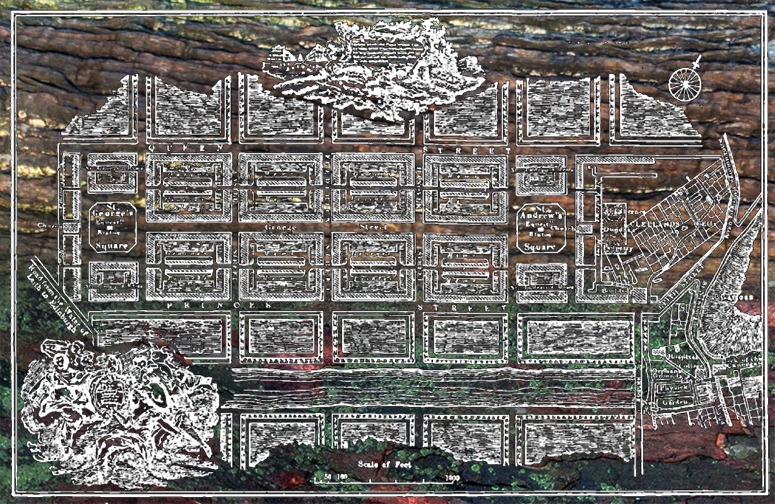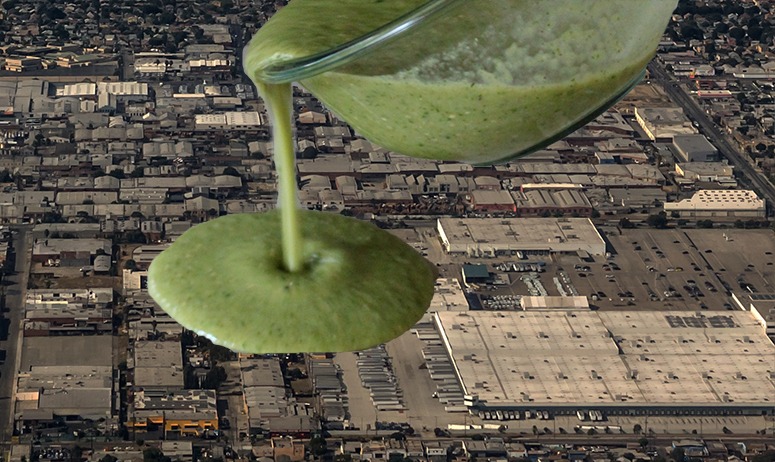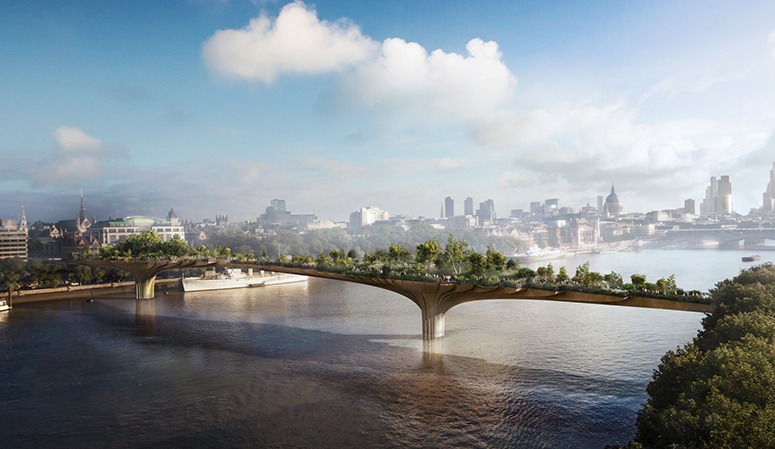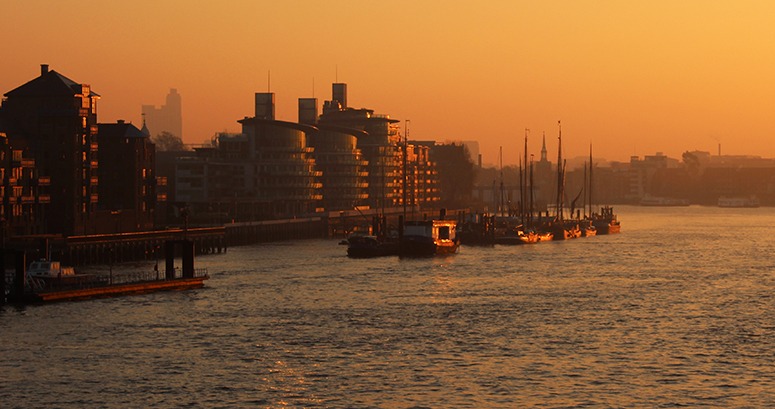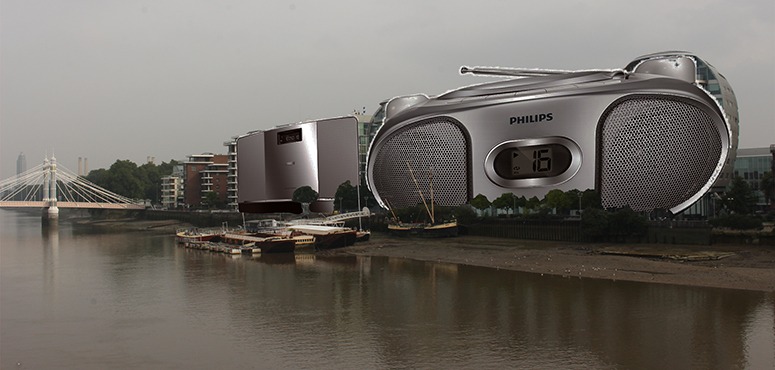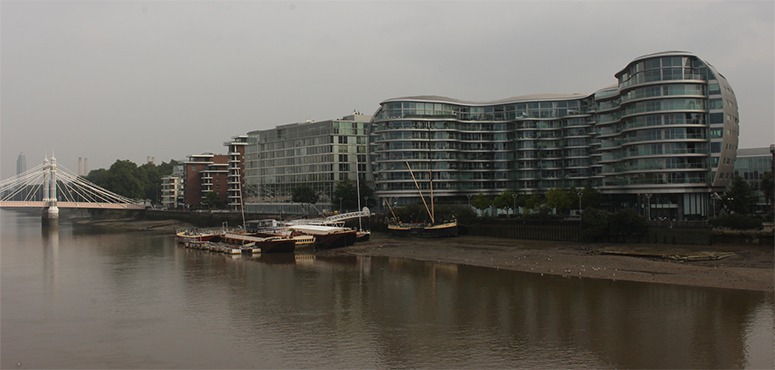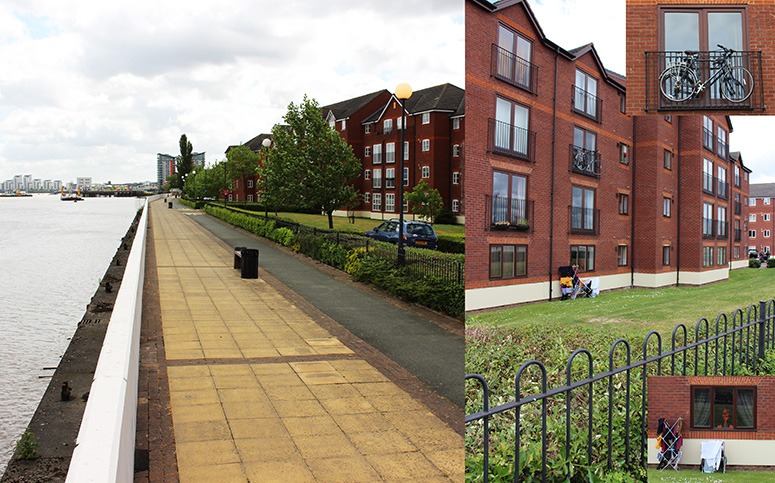Landscape Ecological Urbanism
Landscape Urbanism is a theory of urban planning arguing that the best way to organise cities is through the design of the city’s landscape, rather than the design of its buildings…. The first major event to do with ‘landscape urbanism’ was the Landscape Urbanism conference sponsored by the Graham Foundation in Chicago in April 1997. Speakers included Charles Waldheim, Mohsen Mostafavi, James Corner of James Corner/Field Operations, Alex Wall, and Adriaan Geuze of the firm West 8, among others.
The ecological urbanism project draws from ecology to inspire an urbanism that is more socially inclusive and sensitive to the environment, as well as less ideologically driven, than green urbanism or sustainable urbanism. In many ways, ecological urbanism is an evolution of, and a critique of, Landscape Urbanism arguing for a more holistic approach to the design and management of cities.
I welcome both initiatives as perhaps the most significant contributions to landscape design theory since the landscape architecture profession was launched in the mid-nineteenth century. But much the same group of people are involved in both initiatives and I am unpersuaded by the change of name. For the construct Ecological Urbanism to have a good chance of a long and happy life its two components would need careful definitions and accounts of their intension and extension.
LANDSCAPE Architecture has established itself as a design profession and uses the word landscape evaluatively – just as ‘a work of architecture’ differs from ‘a building’. ECOLOGICAL can be used evaluatively but is more often used to describe one of the natural sciences. The compound LANDSCAPE ECOLOGY uses both words descriptively. I would appreciate a justification for Ecological Urbanism’s claim, quoted above, to social inclusiveness. Mostafavi, in his introduction to a large book on the subject, provides no evidence of an interest in the social use of urban space – unless you include his final remark that ‘Guattari’s conception of an ethics of the ecological is an inherently political project with a commitment to countering the global dominance of capitalism’. I predict not many clients will brief ecological urbanists to overthrow global capitalism. So I suggest using the term Landscape (Ecological) Urbanism for a while – and then dropping the (Ecological) when people have recognized the ecological commitment. As Ian Thompson argued in 2000 (in his book on Ecology, Community and Delight: An Inquiry into Values in Landscape Architecture: Sources of Value in Landscape Architecture) the Vitruvian aims of landscape architecture already include Ecology. We just need to bang on about this important point.
See also Gardenvisit notes on Landscape and Ecological Urbanism
Note on the illustration: it shows James Craig’s famous plan for Edinburgh New Town superimposed on ‘the bark of a tree‘. The section of Craig’s drawing north of Princes Street was built and is a great success in its response to landform and views. The section south of Princes Street was not built and hardly could have been built. The land falls into a deep valley, occupied by a loch when the plan was drawn, and then rises steeply to Edinburgh Castle Rock – which is shown on the plan.

